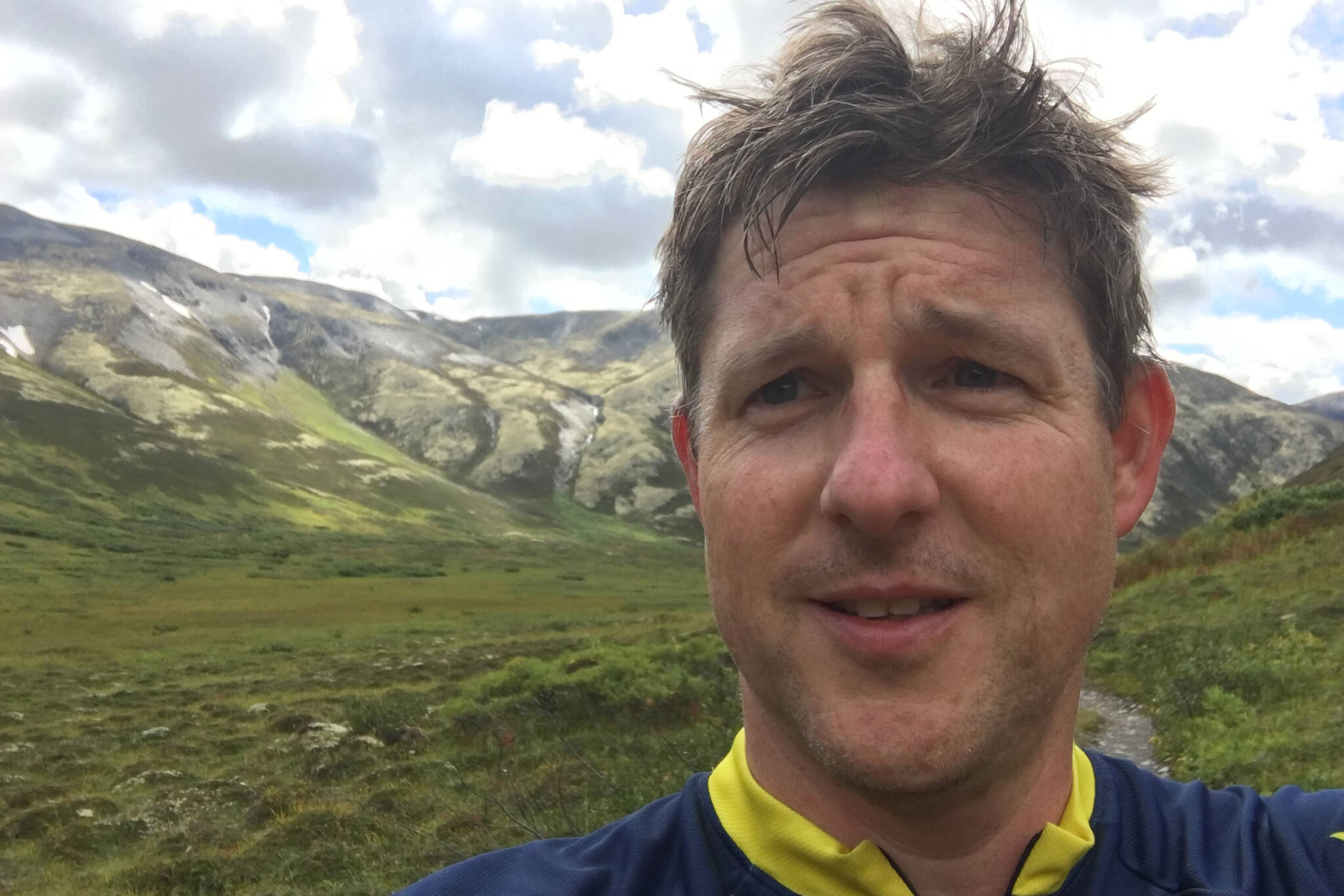I think in about 10 years, I will have figured out how to get my yard to look like I wanted it to look 10 years ago.
Actually, I think my yard has been looking halfway decent the past few years. I’ve had a little more time to spend on yard work, and my wife has gotten into gardening. We seem to be to a point where each summer, we’re adding to our landscape.
That hasn’t always been the case. We moved into our house 22 years ago. It’s on a third of an acre in a Kenai subdivision. The landscaping at the time was pretty basic — a few patches of grass, one planting bed filled with rhubarb along the front walk, a patch of wild roses next to the driveway, and lots of spruce trees.
The first thing we did was to rip out the rhubarb. At the time, we didn’t really know what to do with it, and we found a friend who was more than happy to take the plants.
On a side note, a few years later, we figured out what to do with rhubarb, and planted some more. Then we figured out that we had more rhubarb than we could use ourselves or give away, and ripped most of it out again.
“Figuring it out” has become my landscaping and gardening philosophy. My strategy is to plant something, and if it grows, it stays. If not, we can try something else.
I’m a big fan of the plants that don’t just grow, but grow with minimal maintenance. Shrubs that require a once-a-year pruning? Perfect! Even better when the neighborhood moose takes care of the pruning for me.
Plants that require lots of watering, fertilizer, mulching for the winter, other constant care? The moose can have them.
I’ve become especially fond of native plants. Sure, there’s the whole environmentally friendly, non-invasive argument, but to me, the best reason is that they’ve figured out how to take care of themselves, so I don’t have to. The patch of wild roses might be my favorite part of the yard, and I’ve been collecting lupine seedpods to add some color where I haven’t been able to figure out what other plants will grow.
One thing that is growing in my backyard is fireweed. It definitely falls into that minimum maintenance category. In fact, while visiting a few years ago, my mom was trying to be helpful and weed-whacked all of it. It not only came back, but has spread almost all the way across the back 15 feet of our yard.
We love the fireweed, though it does pose an emotional problem. They say that when the blooms reach the top, it means that summer is over — and we don’t like having that reminder every time we look out the back window.
On another side note, they also say that the height of the fireweed is how deep the snow will be this winter. The fireweed in my yard is approaching 6 feet, so wax up those skis.
It took us quite a while to figure out the flowerbed along the front walk. Between the spruce trees and the northern exposure, it called for full-shade plants. It took a few seasons for me to figure out that plants for “partial shade” just weren’t going to cut it.
The backyard has been a little easier to figure out. The southern exposure means that just about anything will grow. We even cut down some of the spruce trees a couple years after we moved in, and grew a lawn.
Two summers ago, we had to take down the rest of our spruce trees. While I miss the trees, it has created plenty more room for growth around our yard. “Partial shade” is now a possibility.
Still, figuring things out takes time. I’ll have to wait until next spring to see if the things I planted this summer make it. If they don’t, well, that’s another year for the next experiment.
And what might that next experimental plant be? I’ll let you know when I figure it out.
Will Morrow lives in Kenai. Email him at willmorrow2015@gmail.com.

